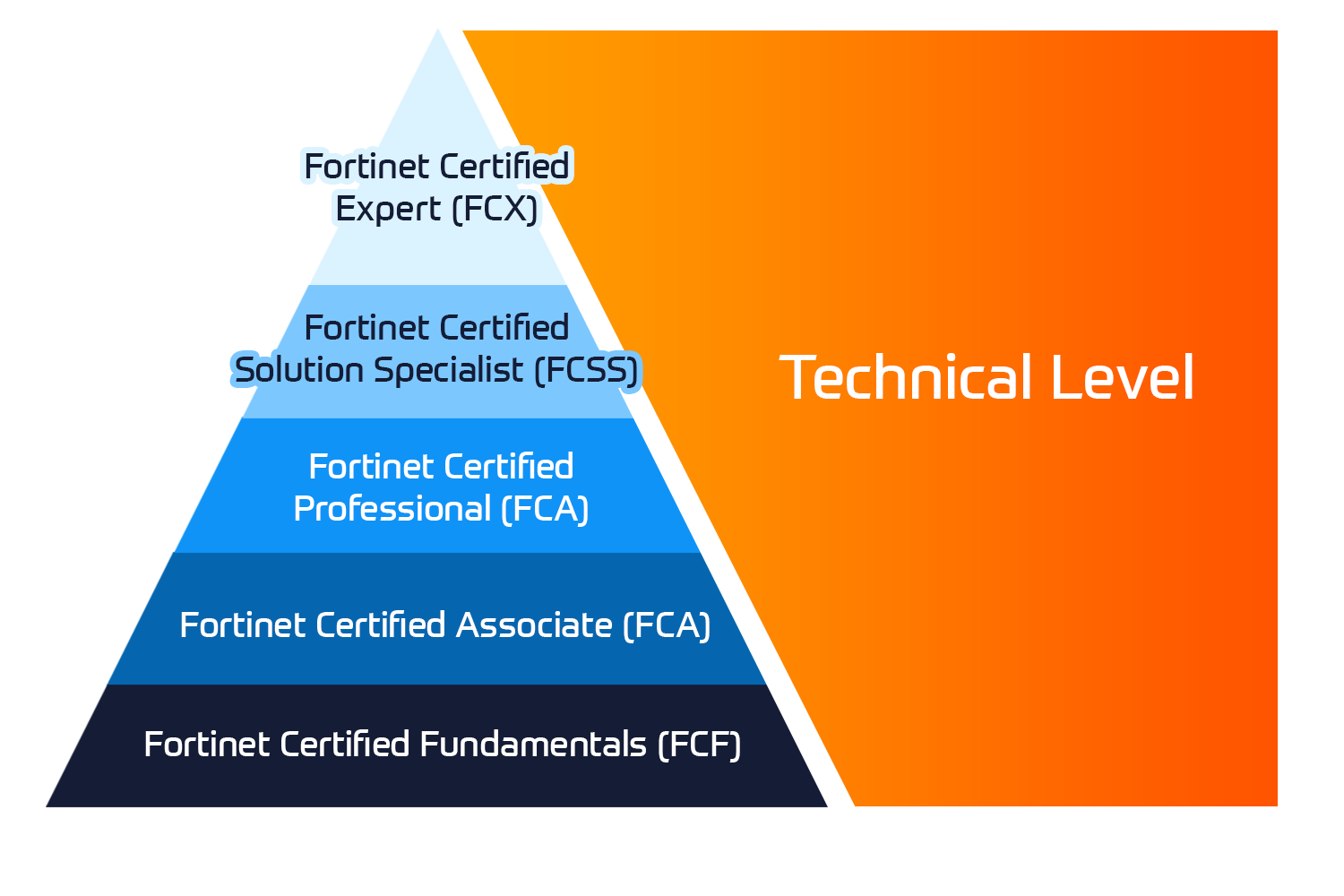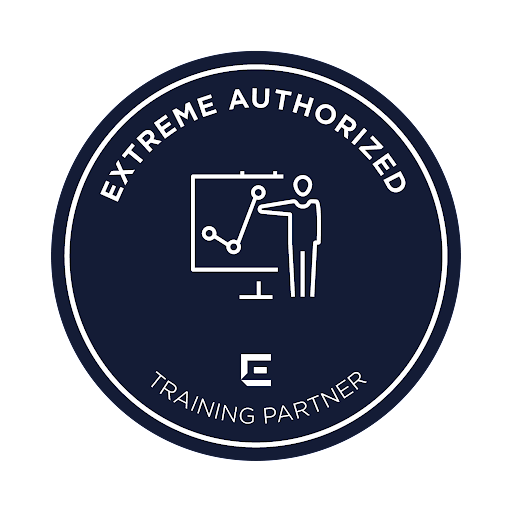In this four days training course, you will learn how to install, configure, administer, and support Stonesoft NGFW.
Through instruction, demonstrations, and hands-on lab practice exercises, you will learn the requirements and recommendations to successfully deploy Stonesoft NGFW in a variety of network environments. You will develop expertise in creating security rules and policies, managing users and authentication, understanding multi-link technology, configuring VPNs, traffic deep inspection, performing common administration tasks including status monitoring and reporting.

 United Kingdom
United Kingdom Germany
Germany Denmark
Denmark Sweden
Sweden Italy
Italy Netherlands
Netherlands Norway
Norway 
















 Kesto
Kesto  Toimitus
Toimitus  Hinta
Hinta